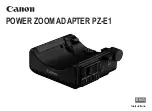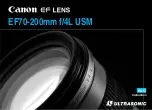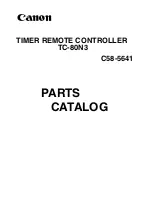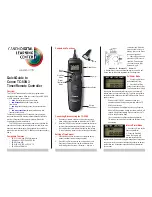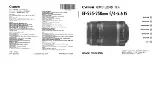
Applications Guide
138
Modline 5
Emissivity Values of miscellaneous Materials (Bulk, Normal Form)
Unless otherwise noted, these materials have no transmittance in their normal form.
Emissivity ranges shown for opaque materials represent differences in surface finish: smooth,
polished finish to rough, uneven finish.
Emissivities of partially transparent materials (*) will also increase with sample thickness.
Material
Emissivity Range by Sensor Series
52, 5R
(One Color Mode)
5G
56
Asphalt, Tar, Pitch
–
–
0.95-1.00
Carbon, Graphite
0.75-0.90
0.70-0.85
0.65-0.80
Cinders, Slag, Cinkers
0.85-0.95
0.85-0.95
0.85-0.95
Coke
0.95-1.00
0.95-1.00
0.95-1.00
Firebrick¹, ~2" thick¹
high purity alumina*
< 0.20
< 0.20
< 0.20
high purity aluminum* silicate (Mullite)*
< 0.20
< 0.20
0.20-0.50
Foods, bulk (fruits, vegetables, oils, meats,
bakery goods, etc.)
–
–
–
Gallium Arsenide solid polished, 0.5 mm-
thick water
–
–
–
Glass, commercial soda-lime¹
0.05" thick*
< 0.05
< 0.05
0.05-0.10
> 4" thick
0.95-1.00
0.95-1.00
0.95-1.00
Oil, animal or vegetable 0.040"
–
–
–
Oil, mineral 0.040"
–
–
–
Paints, oil or water base²
on metal*
–
–
–
on plastic or wood*
–
–
–
Code 3
¹ Highly variable. Values for low emissivity entries can be significantly greater than shown if even small
amounts of impurities are present.
² Paints with metallic pigments may have much lower emissivities.
Table 19: Emissivity Values of miscellaneous Materials
Содержание Modline 5
Страница 2: ......
Страница 4: ......
Страница 156: ...Notices 154 Rev L6 Feb 2017 Modline 5 9 Notices ...































